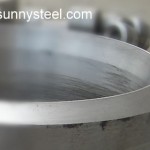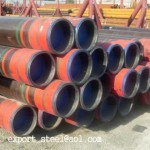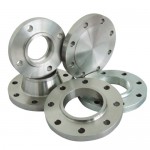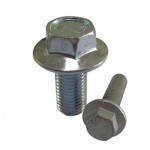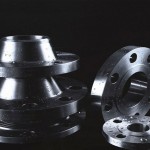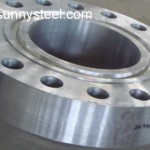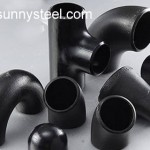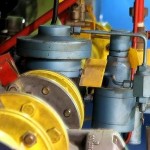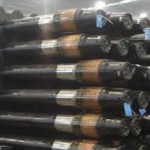ASME Piping Standards
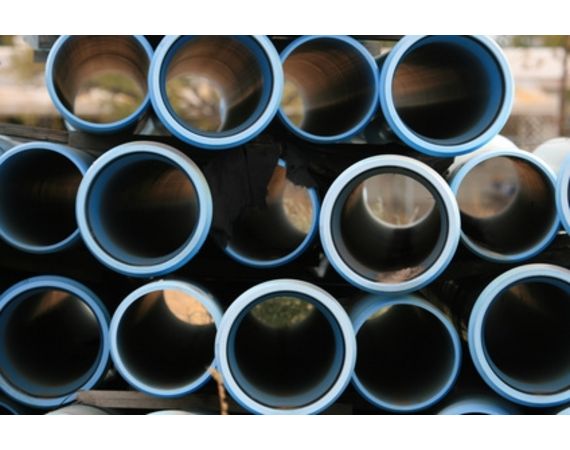
The American Society of Mechanical Engineers (ASME) has a series of standards providing information on the uses, designs, construction, repair and inspection of pipes and piping systems. The standards contain general information and information specific to particular industries.
Pipe Labels
ASME/ANSI Standard A13.1 contains guidelines for the use of labels on pipes. While the ASME standards are, in general, compatible with those issued by American National Standards Institute (ANSI), there may be additional requirements specified by either organization. The standard issued by both organizations require labels of a certain size and printing format be placed in specific locations, ANSI goes further and specifies color-coding based upon the materials contained within the pipe.
Pressure Piping
ASME B31 covers pipes carrying a number of materials under pressure. The B31 codes address such issues as the strength of pipes carrying corrosives and regulations for pipes within buildings. The integrity and construction requirements of pipes carrying gas are addressed. Regulations for pipes carrying hydrocarbons, slurry from construction, chemicals and uses related to electrical power are also addressed.
Materials and Joining Pipes
The ASME standards give specific requirements for pipes based on design of the system and materials from which they are constructed. Such regulations include the pipe, materials and methods used to join the sections. The materials used to construct flanges have specific requirements. These materials include stainless steel, carbon steel, bronze and cast iron. Materials used in the pipes include metal, plastic and fiberglass

